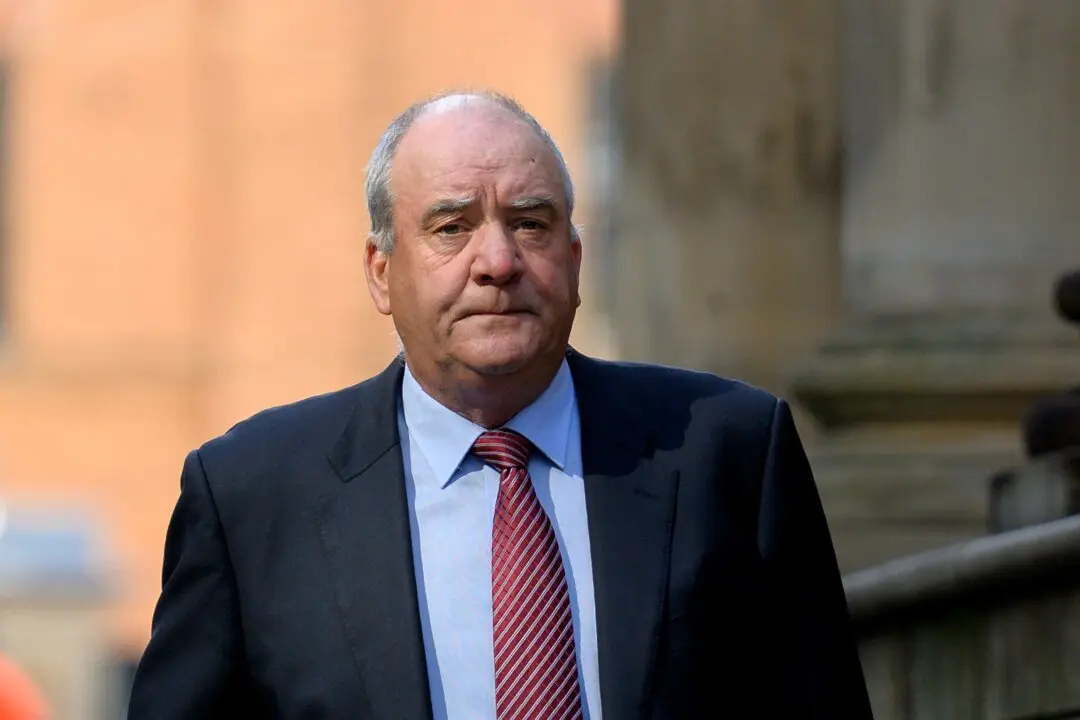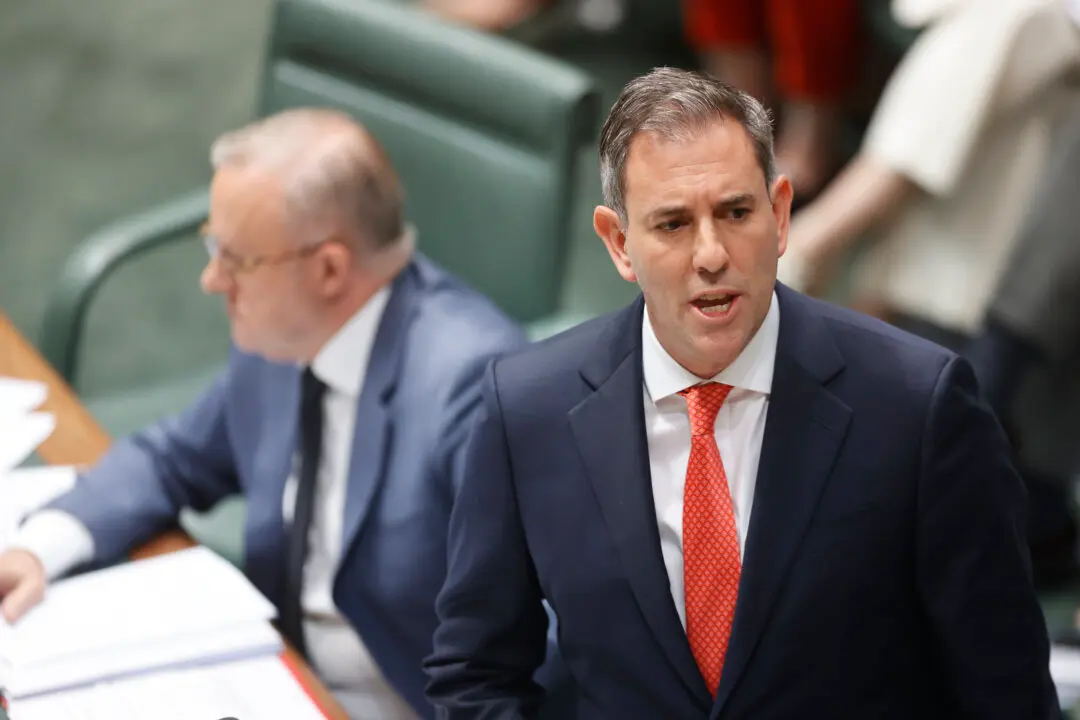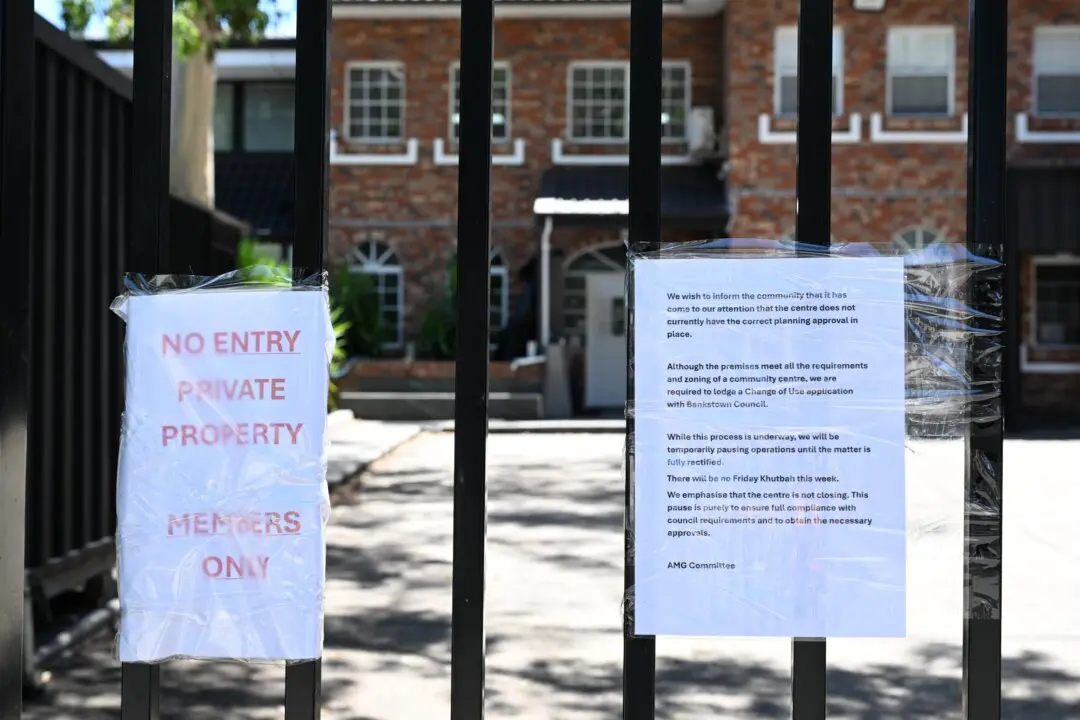Just three years ago, Ratu Mataira founded a company called OpenStar in his Mt Victoria flat in Wellington. In February this year, it signed a formal collaboration agreement with MIT as another step in its quest to build a viable nuclear fusion reactor.
Unlike fission, nuclear fusion seeks to replicate the reaction that makes the sun and other stars shine by fusing two atoms to unleash huge amounts of energy. Because of its potential to provide limitless energy without planet-warming carbon pollution, it’s seen as the holy grail of energy solutions.





